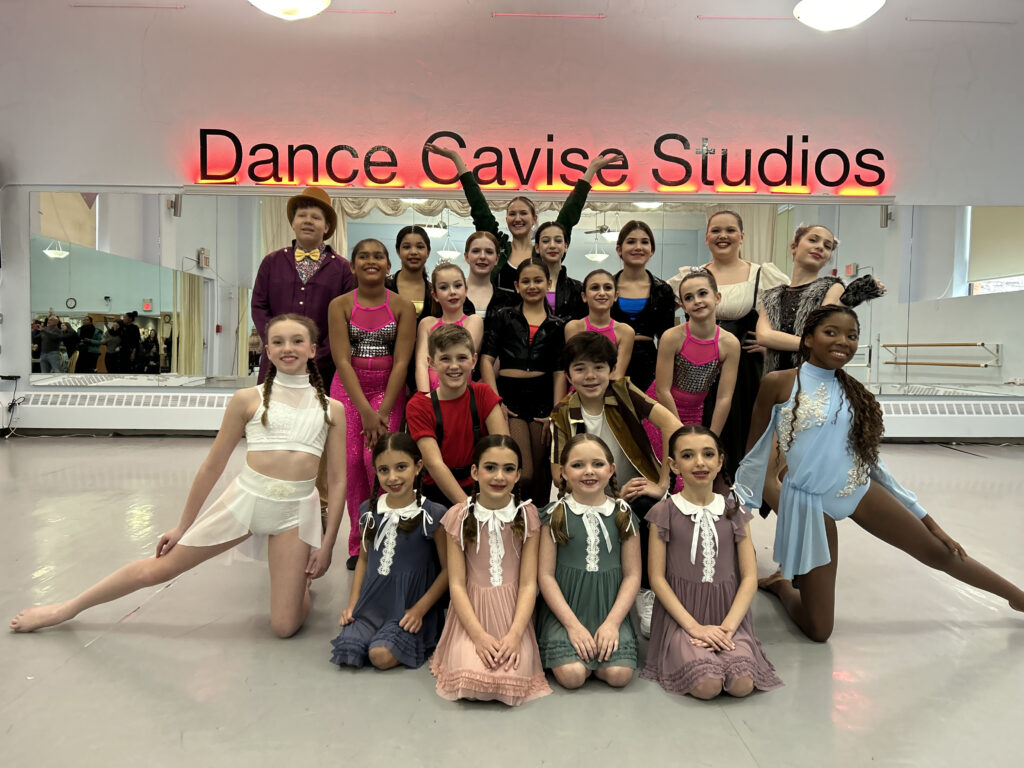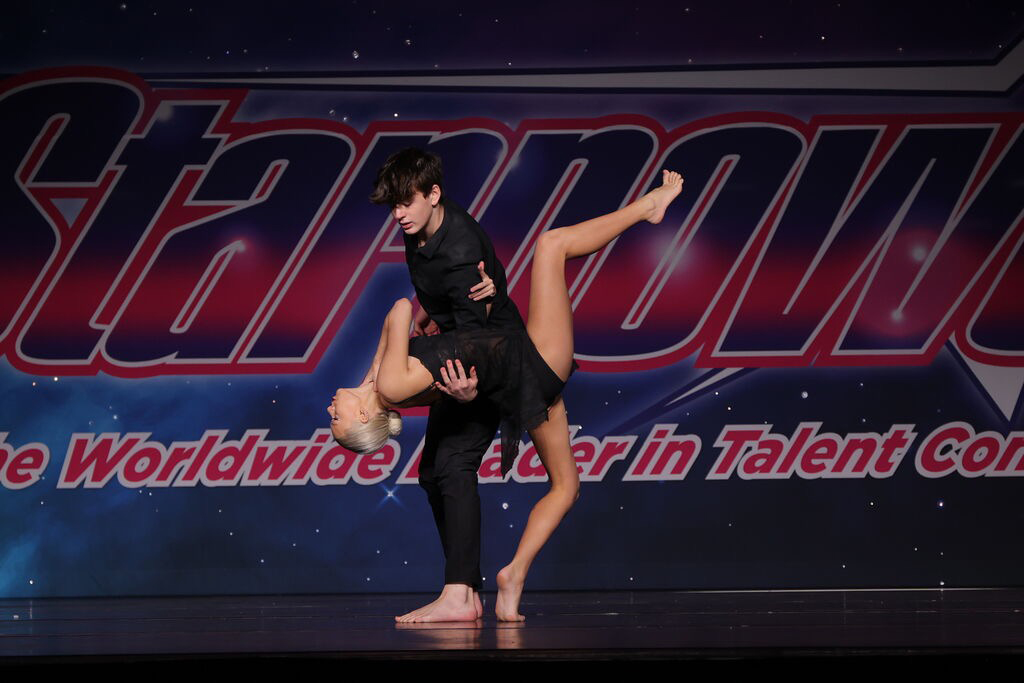While full of excitement and fun, competitions are also mentally and physically taxing. It’s easy to find yourself run down after months of rehearsing and performing for hours on end every week. How can both teachers and dancers keep normal fatigue from turning into burnout? By recognizing the telltale signs and making small but meaningful changes.
Symptoms of Burnout
According to Marissa Graham, a former professional dancer who is now a fitness and health coach focusing on burnout, dancers are particularly susceptible to burnout thanks to several compounding factors: Many have a perfectionistic, type A personality, they frequently deal with rejection, and they’re under physical stress.

Signs of burnout can be both physical and emotional. “If you’re getting sick or injured consistently, or find yourself saying you’re tired all the time, you’re probably burnt-out,” she explains. “But the less talked-about signs of burnout also include a lack of empathy for the things and people you normally care about, as well as a lack of self-efficacy—feeling like your accomplishments no longer matter.”
Slowing the Cycle
It’s easier to prevent burning out than it is to bounce back from it. Blake Piatczyc, owner of BPM Dance Complex in Lee’s Summit, Missouri, and a national director of In10sity Dance Competition, says team bonding activities and prioritizing personal mentorship can help ease the mental load for competitive students. “We’re also very careful to only schedule the rehearsals and technique classes that our dancers actually need, so they’re getting that conditioning and building stamina for competitions, but they have time to just be kids, too,” he says.
Similarly, Jenna Eberhardt, competition director of Dance Cavise Studios in Mamaroneck, New York, and judge for Journey Dance Competition, prioritizes her own rest during built-in holiday breaks from dance and encourages students to do the same. “As dancers we feel like we need to keep doing more and more, but I’ve actually found that after some time off, everyone comes back refreshed and the routines look cleaner,” she explains.
 Jenna Eberhardt (back center) and the Dance Cavise Studios competition team. Courtesy Eberhardt.
Jenna Eberhardt (back center) and the Dance Cavise Studios competition team. Courtesy Eberhardt.
Finding ways to keep competitive performances from feeling repetitive can also help students and teachers stave off burnout. Piatczyc aims for variety in the approximately 200 dances BPM enters into each competition, “so that dancers aren’t feeling stuck in any one style.” Eberhardt is open to making small choreographic changes, like turning doubles into triples or switching out an acro trick, as the season progresses to keep things fresh for the dancers.
Be Your Own Advocate
As Graham frequently tells clients, “Burnout isn’t your fault, but it’s your responsibility to recognize when it’s happening.” She encourages dancers to speak up for themselves, and for teachers to make space for them to do so. “If you’re feeling signs of burnout, start by doing a quick body scan and noticing what’s actually happening in your body, and what emotions are coming up,” she explains. “Use this information to explain to your teachers that even if you’re not physically injured or sick, you may need to take it easy.”
 Lexie Roberts and Johnathan Wilkerson of BPM Dance Complex. Photo by DanceBUG, Courtesy Piatczyc.
Lexie Roberts and Johnathan Wilkerson of BPM Dance Complex. Photo by DanceBUG, Courtesy Piatczyc.
Another way to cope with burnout symptoms is using what Graham refers to as BAMs, or “bare-ask minimums”—small actions you can take to help manage the stress cycle until you’re able to get a full break. That could mean making sure you’re eating three meals a day, or taking five minutes before bed to do some deep-breathing exercises.
Remember Your Why
One of the keys to preventing and stopping burnout is reminding yourself why you began dancing in the first place. “Recovering from burnout is about finding the joy in movement again, which can be a tricky thing if you’ve only been focusing on training for the next competition,” Graham says. But remember that dance is something you love—and that you want it to be a positive, sustainable part of your life.




GIPHY App Key not set. Please check settings